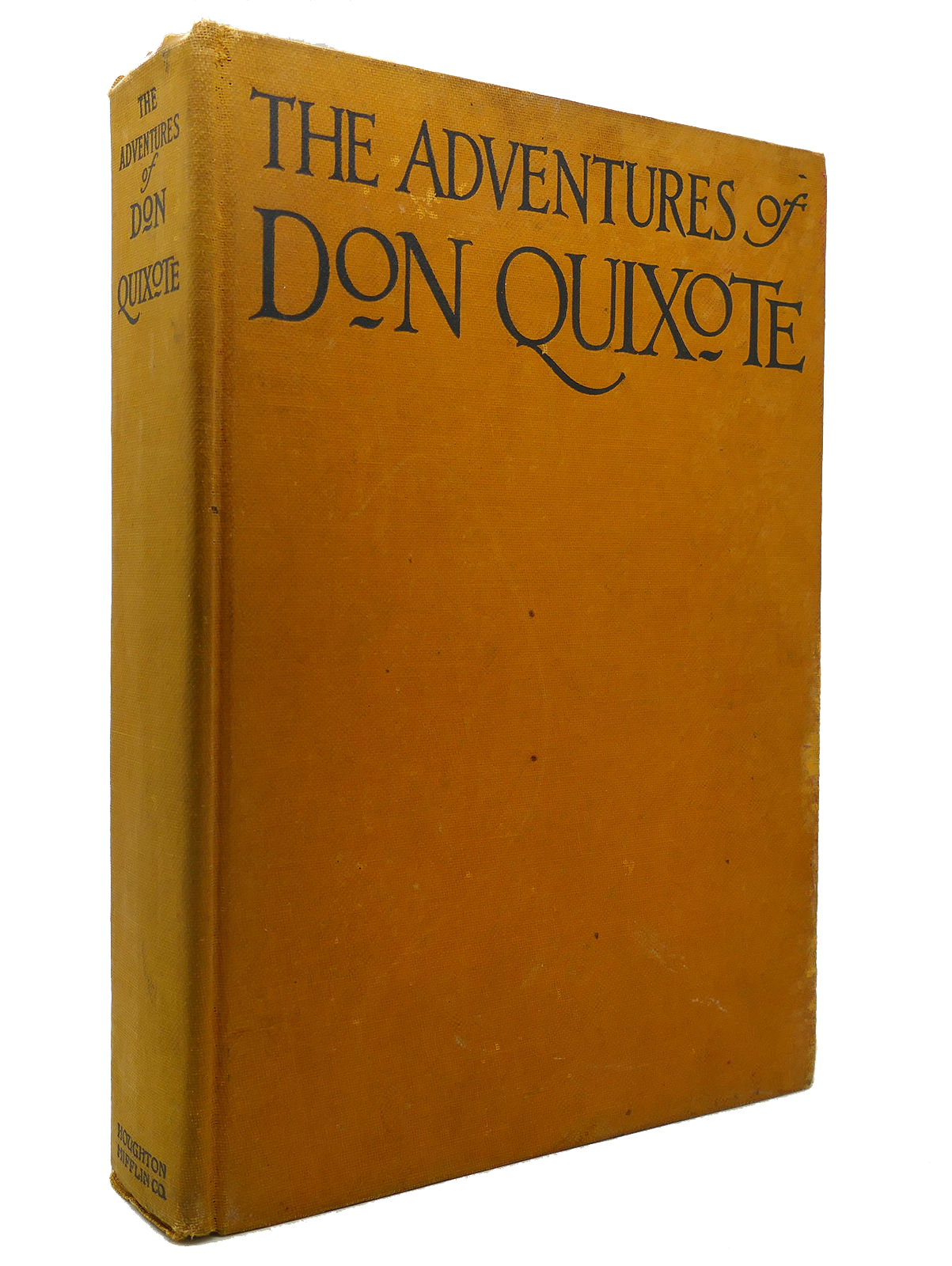A book and much more (transcript)
by Christopher Kenneally Beyond the Book
But as both readership increases with the rise of universities, and as the technology for producing books, as you mentioned, facilitates creating larger numbers and smaller books, you get a kind of intimate readership arising that needs books in a different way than that performative way, that needs books that you can take with you when you’re traveling or that you can consult and cross reference if you’re a scholar who wants to be able to critique another scholar’s argument. So the book gets smaller, both because of the needs of readers and because of the technologies that makes books possible.
The point where your book takes a fascinating turn is when you look at the book as idea, you go from a history that you’re just enumerated some of the high points for us to looking at the book as an artist, the way that an artist does, and showing us what artists have to teach us about the future direction of books. It’s working with the book, working against it, too.
That’s right, yeah. So that’s the third section of the book where we talk about the book as an idea. It’s an important moment when the printing press arises and it’s possible to reproduce books en masse, but one of the downsides to that process is that the body of the book, that physical artifact no longer carries much weight for readers. Paper gets cheaper and cheaper in the Victorian period, and books actually get sold with advertisements, whatever they can do to make the book as cheap a commodity as possible. The body of the codex stops being important to people, and it’s just the content that becomes important. That becomes the copyrightable aspect of the book and the valued and cherished part of the book. In fact, the process of writing and the process of making a book are separated from one another.
So in the 20th century you get a number of artists all over the world, basically, in a number of different fields who become interested in making books and the process of making a book as a reaction against its turning into content, so to speak. They want to think about what even is a book, anymore, when we have these cheap paperbacks that are being mass produced? How do we conceptualize what a book can be?
It was a really fun chapter to write, looking at people from as early as William Blake, who you mentioned, an artist who pioneered printing image and text simultaneously to mid-20th century artists who did experiments like creating a book that you can walk through and books that function in ways that feel much more like interactive and nonlinear experimental approaches to the text, a book that’s, say, cut into pieces and you can turn each page one fragment of a page at a time. All of those experiments are limit cases for what a book might be, and they allow us to think about what a book’s various functions are.
The book actually has a number of functions that are highly digital. The book as a nonlinear space – we think about nonlinear narrative as something that electronic media offers us, the ability to go anywhere within a text. The Internet as one big text where you click a hyperlink and it takes you somewhere new. But that capacity for nonlinear reading is inherent in the codex form, too. A work like Raymond Queneau’s A Hundred Thousand Million (sic) Poems, where he’s written 10 sonnets and sliced between every line, allowing us to read a hundred thousand million (sic) sonnets just by turning one line at a time shows us another model for digital qualities within the print format.
So I had a lot of fun in that chapter looking at interactive approaches to the book, and experimental approaches to the physical book.
05
